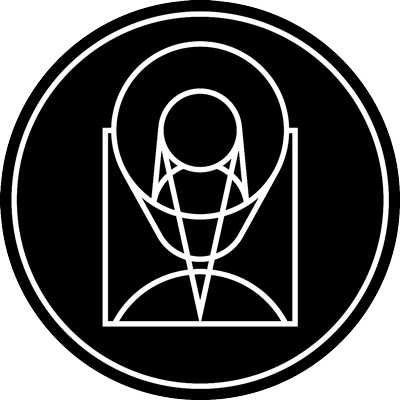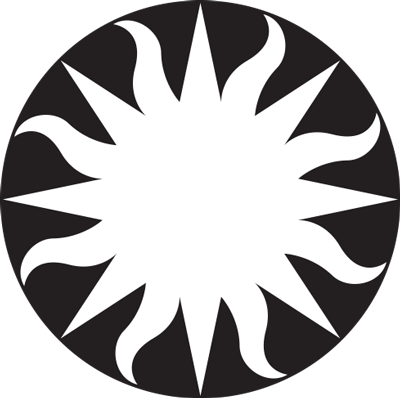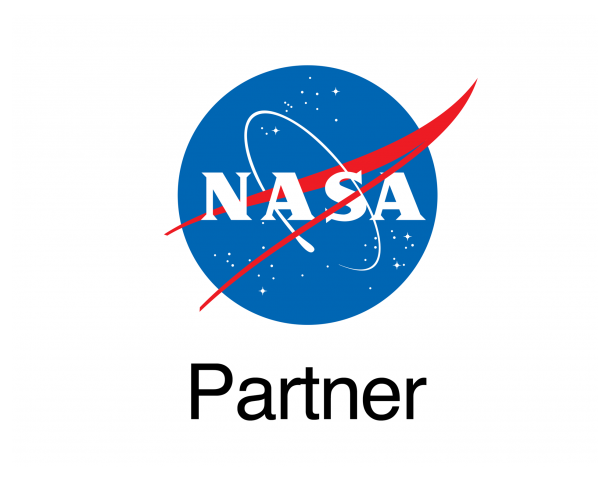Euclid Deep Field North – Preview

ensci_euclid20250319j March 19th, 2025
Credit: ESA/Euclid/Euclid Consortium/NASA
This is Euclid’s Deep Field North. After only one observation, the space telescope has already spotted more than ten million galaxies in this field. It is also very rich in Milky Way stars, as it is close to the Galactic plane. In the coming years, Euclid will make 32 observations of this field to reach its full depth.
Below the center-left of the image lies the Cat’s Eye Nebula, around 3000 light-years away. Also known as NGC 6543, this nebula is a visual ‘fossil record’ of the dynamics and late evolution of a dying star. This dying star is shedding its outer colorful shells.
A bit higher to the right of the center of the image, a large group of galaxies can be spotted, dominated by the large galaxy NGC 6505. This galaxy hosts the first Einstein Ring that Euclid discovered, and is located 590 million light-years away.
The faint blue structures in the image are dim clouds in between the stars in our own galaxy. They are a mix of gas and dust, also called ‘galactic cirrus’ because they look like cirrus clouds. Euclid is able to see these clouds with its very sensitive visible light camera because they reflect optical light from the Milky Way.
Euclid’s Deep Field North has an area of 22.9 square degrees and is located very close to the north ecliptic pole, in the constellation Draco, the dragon. The proximity to the ecliptic pole ensures maximum coverage throughout the year; the exact position was chosen to obtain maximum overlap with one of the deep fields surveyed by NASA's infrared workhorse, the Spitzer Space Telescope.
Image processing by J.-C. Cuillandre, E. Bertin, G. Anselmi
Provider: Euclid
Image Source: https://euclid.caltech.edu/image/euclid20250319j-euclid-deep-field-north-preview
Curator: ESA/Euclid
Image Use Policy: CC BY-SA 3.0 IGO

- ID
- euclid20250319j
- Subject Category
- D.6.1.1.
- Subject Name
- EDFN, Euclid Deep Field North
- Credits
- ESA/Euclid/Euclid Consortium/NASA
- Release Date
- 2025-03-19
- Lightyears
- Redshift
- Reference Url
- https://euclid.caltech.edu/image/euclid20250319j-euclid-deep-field-north-preview
- Type
- Observation
- Image Quality
- Good
- Distance Notes
- Facility
- Euclid, Euclid, Euclid
- Instrument
- Vis, NISP, NISP
- Color Assignment
- Blue, Green, Red
- Band
- Optical, Infrared, Infrared
- Bandpass
- Central Wavelength
- 700, 1100, 1700
- Start Time
- Integration Time
- Dataset ID
- Notes
- Coordinate Frame
- ICRS
- Equinox
- J2000
- Reference Value
- 269.29933448214916, 66.000789855432046
- Reference Dimension
- 19375, 19375
- Reference Pixel
- 9687.5, 9687.5
- Scale
- -0.00033294988518566931, 0.00033294988518566931
- Rotation
- 90.33235495177959
- Coordinate System Projection:
- TAN
- Quality
- Full
- FITS Header
- Notes
- Creator (Curator)
- ESA/Euclid
- URL
- /image/ensci/euclid20250319j
- Name
- Telephone
- Address
- City
- State/Province
- Postal Code
- Country
- Rights
- CC BY-SA 3.0 IGO
- Publisher
- Euclid NASA Science Center at IPAC (ENSCI)
- Publisher ID
- ensci
- Resource ID
- Metadata Date
- 2025-03-19T15:26:08Z
- Metadata Version
- 1.2
Detailed color mapping information coming soon...













